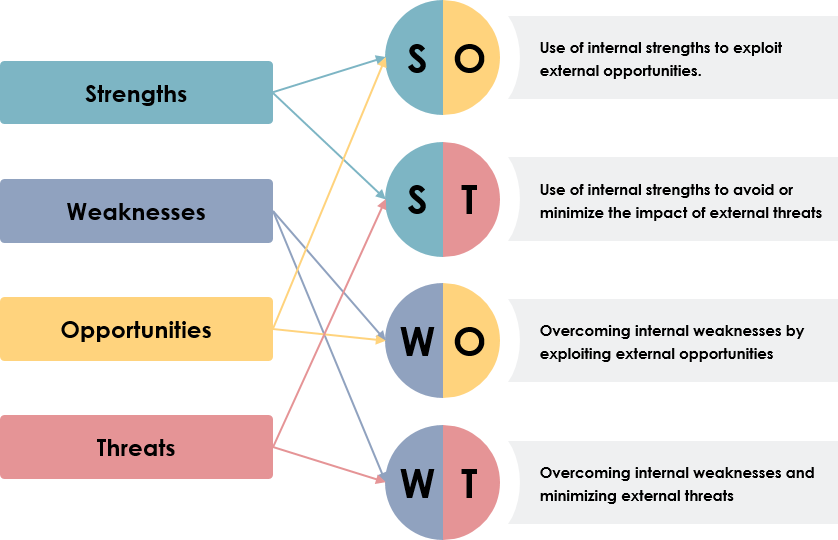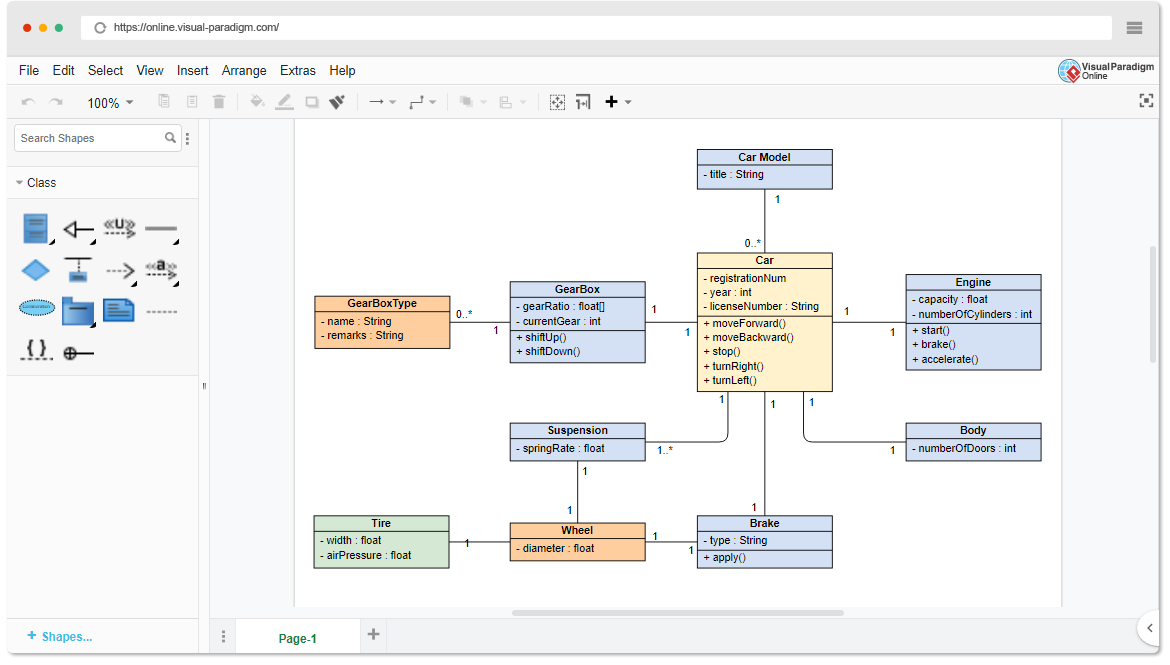Causal loops diagrams (also known as system thinking diagrams) are used to display the behavior of cause and effect from a system’s standpoint. A causal loop diagram (CLD) is a causal diagram that aids in visualizing how different variables in a system are interrelated.
Continue reading









